Growth in Food and Beverage Sector
The food and beverage sector plays a crucial role in the Liquid Nitrogen Market, particularly in food preservation and freezing processes. Liquid nitrogen is increasingly employed for flash freezing, which helps maintain the quality and texture of food products. The Liquid Nitrogen Market is anticipated to reach 300 billion USD by 2025, indicating a growing reliance on liquid nitrogen for preserving food items. This trend suggests that as consumer preferences shift towards convenience and quality, the demand for liquid nitrogen in the food and beverage sector will likely continue to rise, further enhancing the Liquid Nitrogen Market.
Expansion of the Electronics Industry
The Liquid Nitrogen Market is poised for growth due to the expansion of the electronics industry, where liquid nitrogen is utilized for cooling semiconductor devices and enhancing manufacturing processes. As the demand for high-performance electronics continues to rise, the need for effective cooling solutions becomes paramount. The semiconductor market is projected to reach 600 billion USD by 2025, suggesting a substantial increase in the use of liquid nitrogen for cooling applications. This trend indicates that advancements in electronics manufacturing will likely drive the Liquid Nitrogen Market, as companies seek to optimize performance and efficiency.
Increasing Use in Cryogenic Applications
The Liquid Nitrogen Market experiences a notable surge in demand due to its extensive applications in cryogenics. Industries such as aerospace, automotive, and electronics utilize liquid nitrogen for cooling and preserving materials at extremely low temperatures. The cryogenic treatment process, which enhances the durability and performance of metals, is gaining traction. In 2025, the market for cryogenic equipment is projected to reach approximately 20 billion USD, indicating a robust growth trajectory. This trend suggests that as industries continue to innovate, the reliance on liquid nitrogen for cryogenic applications will likely expand, further solidifying its role in the Liquid Nitrogen Market.
Technological Advancements in Production
Technological advancements in the production of liquid nitrogen are expected to drive the Liquid Nitrogen Market forward. Innovations in cryogenic technology and production efficiency are likely to reduce costs and improve the overall quality of liquid nitrogen. As production methods become more sustainable and energy-efficient, the market may witness an increase in supply, catering to the growing demand across various sectors. In 2025, the market for industrial gases, including liquid nitrogen, is projected to reach 100 billion USD, indicating a favorable environment for growth. This trend suggests that ongoing technological improvements will likely enhance the Liquid Nitrogen Market, making it more competitive and accessible.
Rising Demand in the Pharmaceutical Sector
The pharmaceutical sector significantly contributes to the Liquid Nitrogen Market, as liquid nitrogen is essential for the preservation of biological samples and the storage of vaccines. The increasing focus on biopharmaceuticals and personalized medicine has led to a heightened need for effective storage solutions. In 2025, the biopharmaceutical market is expected to surpass 500 billion USD, which may drive the demand for liquid nitrogen in various applications, including cryopreservation and transportation of sensitive materials. This trend indicates that the pharmaceutical industry's growth will likely bolster the Liquid Nitrogen Market, as companies seek reliable methods for maintaining product integrity.
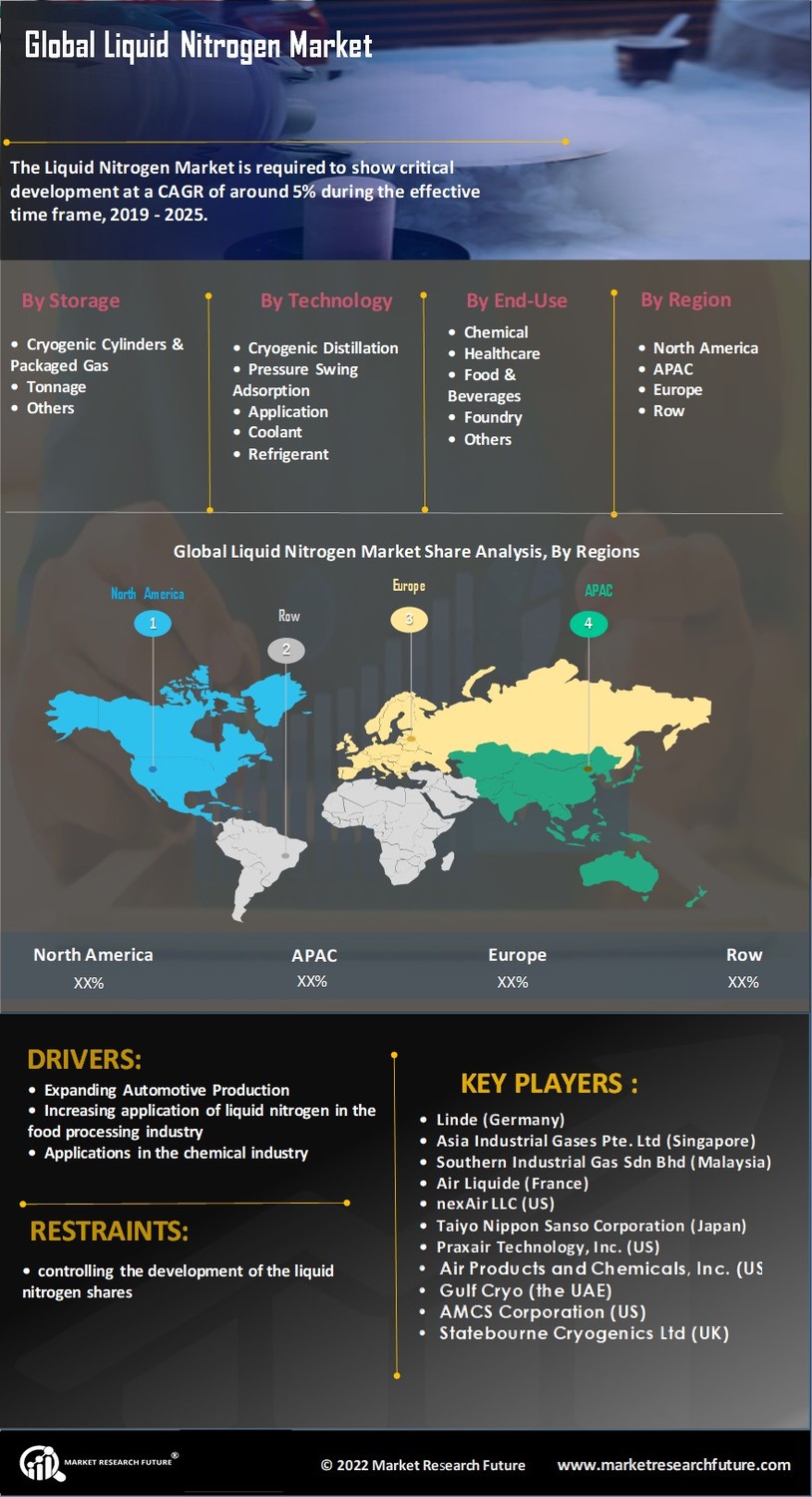

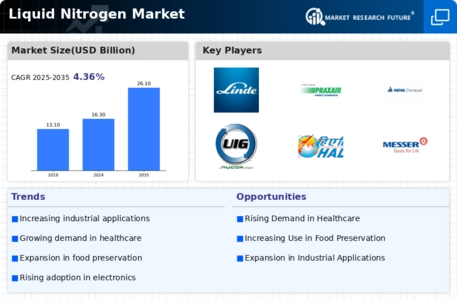
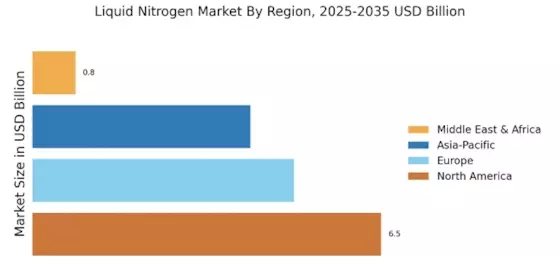
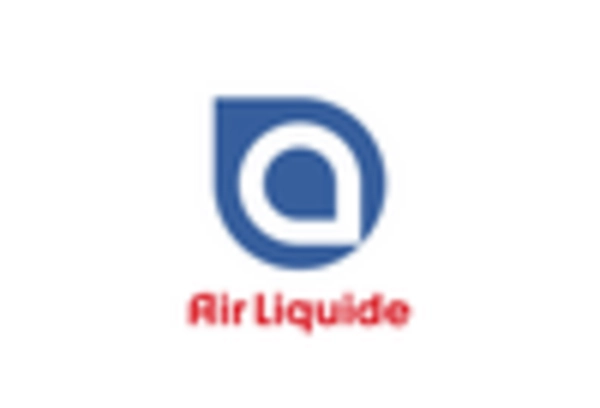
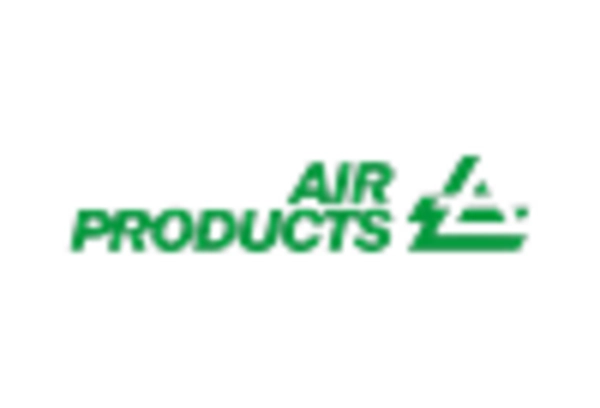
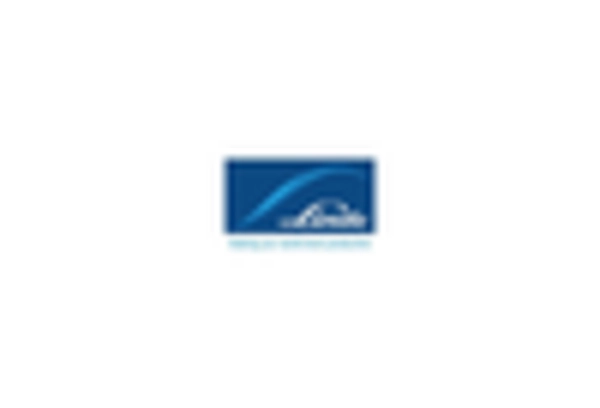
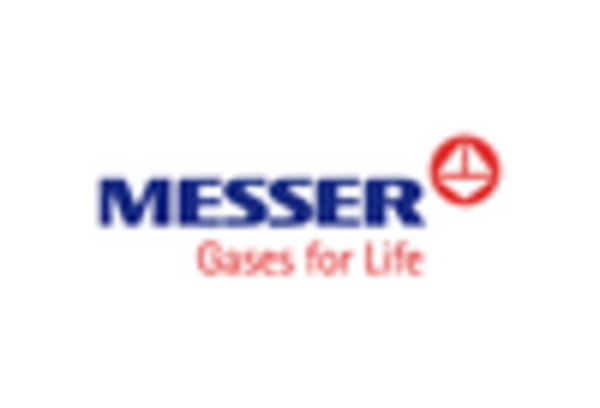
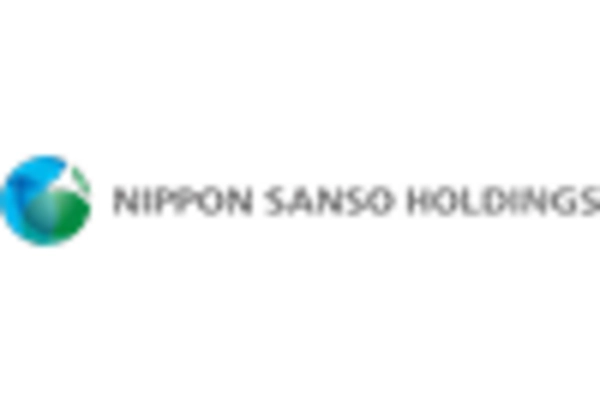
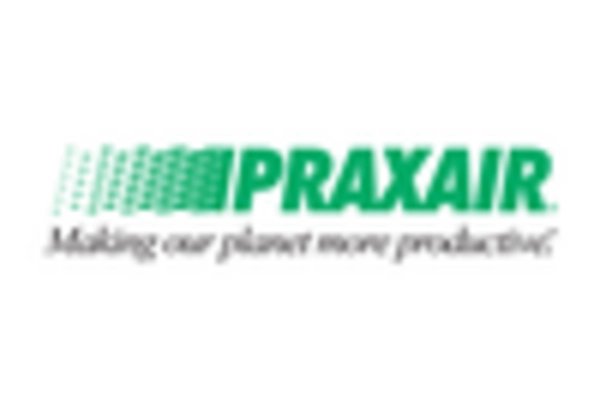








Leave a Comment